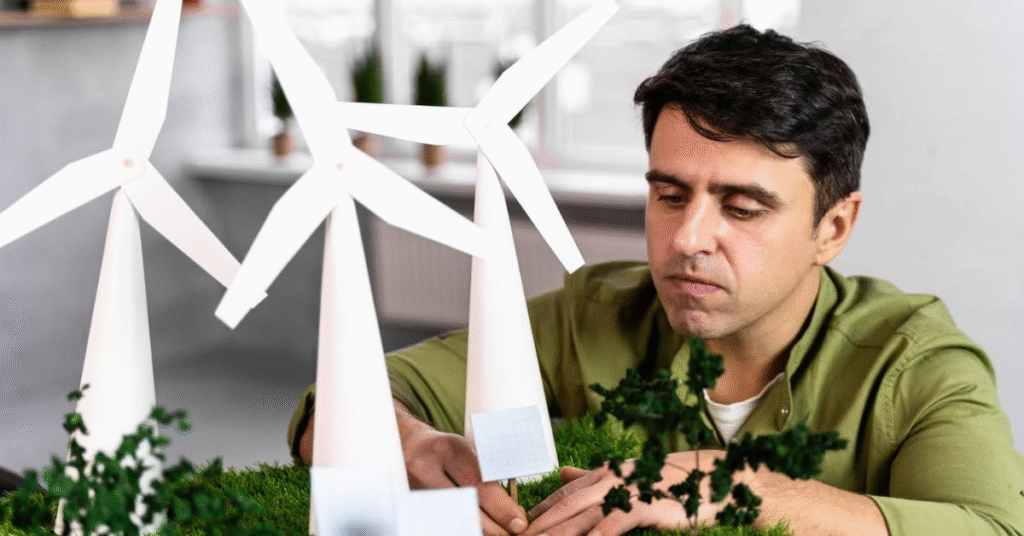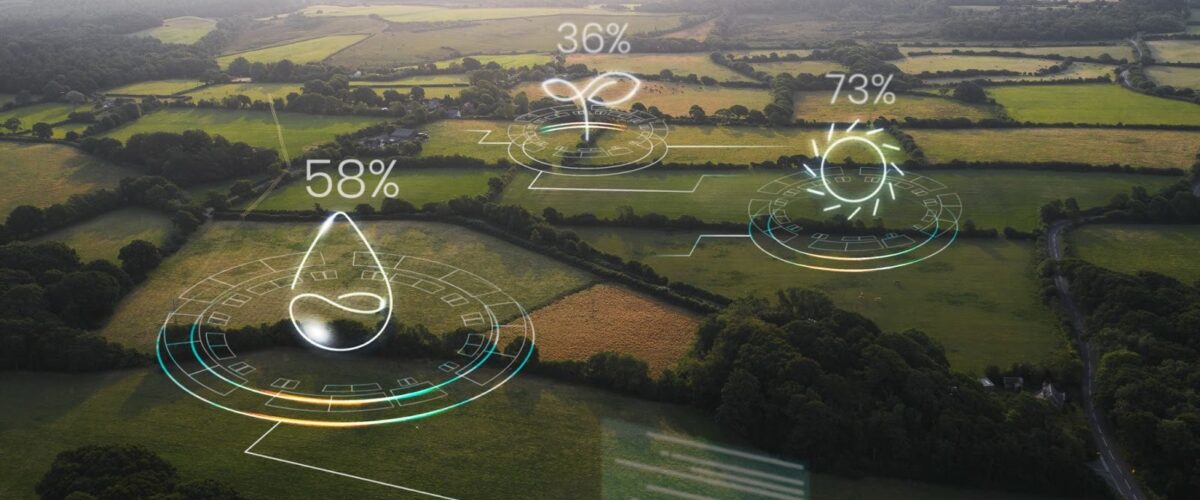Sustainable Pigging Systems: An Intelligent Approach to Green Manufacturing
Manufacturers face growing pressure to reduce waste, use resources efficiently, and adopt environmentally responsible practices. In sectors such as food and beverage, chemicals, cosmetics, and paint, sustainable pigging systems offer an effective solution to balance sustainability with productivity.
These eco-friendly and efficient systems give firms a more intelligent approach to meet environmental standards, reach zero-waste targets, and increase profitability.
What Are Pigging Systems?
Process industries utilize pigging systems, which are specialized technology, to clean pipelines, collect leftover liquids, and minimize product loss. As it moves through the pipeline, the ‘pig,’ a flexible plug-like device, pushes the leftover product out and cleans the line.
Pigging has historically been employed in oil and gas for cleaning and maintenance. These days, it has developed into extremely sustainable and hygienic uses in sectors like food and beverage (dairy, soft drinks, sauces, juices, etc.).
- Personal care and cosmetics (creams, lotions, gels)
- Chemicals, such as adhesives, lubricants, and paints
- Paint reduce solvent use, and support cleaner production
Pigging systems are now more sustainable due to modern design advancements, which assist companies in reducing waste and increasing operational effectiveness.
Why Sustainability Matters in Manufacturing
Nowadays, sustainability is more than simply a catchphrase used by businesses. It has become a must for business. Manufacturers are dealing with:
- Environmental Regulations: Stricter environmental regulations are being enforced by governments all over the world.
- Growing Customer Expectations: Consumers favor sustainable production and eco-friendly goods.
- Cost Pressures: Efficiency must be prioritized because waste immediately results in financial loss.
- Brand Reputation: Consumers are more loyal and trusting of businesses that are perceived as sustainable.
Because they combine resource recovery with environmentally friendly operations, sustainable pigging systems provide a potent remedy in this situation.

Benefits of Sustainable Pigging Systems
1. Reduces Product Waste
After a production run, a sizable portion of the product is trapped inside the traditional pipelines. Pigging systems ensure minimal product loss by recovering up to 99.5% of leftover liquids.
2. Cuts Down on Chemical and Water Use
Manufacturers frequently use water and cleaning substances to flush pipelines without pigging. This requirement is eliminated by sustainable pigging methods, which also save water and chemical waste.
3. Reduces the Carbon Footprint
Pigging systems directly reduce greenhouse gas emissions by lowering energy consumption, trash disposal, and cleaning requirements.
4. Boosts ROI and Yield
A higher yield is achieved with each recovered drop of product. The technology reduces operational expenses and increases revenues over time, eventually paying for itself.
5. Encourages Zero-Waste Objectives
Pigging enables producers to meet sustainability goals without compromising productivity as global sectors transition to zero-waste production.
Industry Applications of Sustainable Pigging Systems
- Food & Beverage: Pigging is used by manufacturers of dairy, sauces, soft drinks, and juices to recover product, preserve sanitation, and adhere to stringent food safety regulations.
- Cosmetics and Personal Care: Gels, lotions, and creams frequently stick to the inner surface of pipes. Pigging ensures consistent quality and minimises waste by recovering these viscous products.
- Chemicals & Paints: Pigging guarantees clean pipes while reducing the use of solvents in industries where cross-contamination is a big risk.
- Lubricant Industry: Pigging systems recover lubricants efficiently and reduce cross-contamination.
How Sustainable Pigging Systems Work
- Pig Launch: The pipeline is filled with the pig.
- Pig Travel: It travels through the pipeline propelled by the flow of product, water, or air.
- Product Recovery: Trapped liquid is forced into the receiving tank placed at the other end by the pig.
- Cleaning of the Pipeline: By cleaning the pipeline, the pig also lessens the need for additional flushing.
This straightforward but efficient procedure guarantees pipelines are efficiently cleaned with little downtime.
The Role of Sustainable Pigging in Green Manufacturing
The goal of green manufacturing is to produce products with as little negative influence on the environment as possible. This is directly aided by sustainable pigging systems, which recover almost all leftover product and cuts down on material wastage.
- Reducing the use of chemicals and vacuum cleaning
- Lowering the energy requirements for cleaning and pumping operations
- Encouragement of adherence to environmental regulations
To put it briefly, pigging systems are a crucial tool for businesses looking to operate more sustainably because they perfectly complement contemporary sustainability programs.
Future Trends in Sustainable Pigging
Pigging’s future is changing as a result of smart technologies:
- Automation: Pig performance and movement can be tracked in real time via sensors.
- Data Analytics: Manufacturers are able to examine recovery rates and enhance their processes.
- Advanced Materials: Pigs are being created with long-lasting, environmentally friendly materials to extend their lifespans.
- AI integration: Predictive maintenance powered by AI can increase productivity and avoid downtime.
In the upcoming years, these developments will further increase the effectiveness and value of sustainable pigging systems.
Conclusion
Manufacturers from a variety of industries are beginning to understand that business and sustainability can coexist. Sustainable pigging systems are a more intelligent route to green manufacturing since they minimise waste, conserve resources, and increase efficiency.
Regardless of your industry; food and beverage, cosmetics, chemicals, or paints; pigging is a sustainability enabler rather than merely a cleaning method.
Adopting sustainable pigging systems is now a must for companies looking to remain competitive in a world that prioritises efficiency and environmental responsibility. It is the smart, profitable, and environmentally friendly manufacturing of the future.

